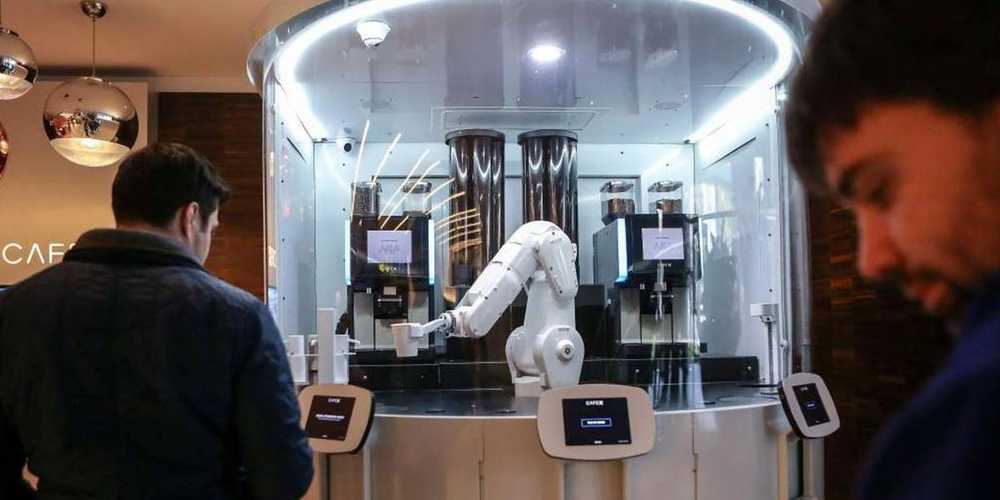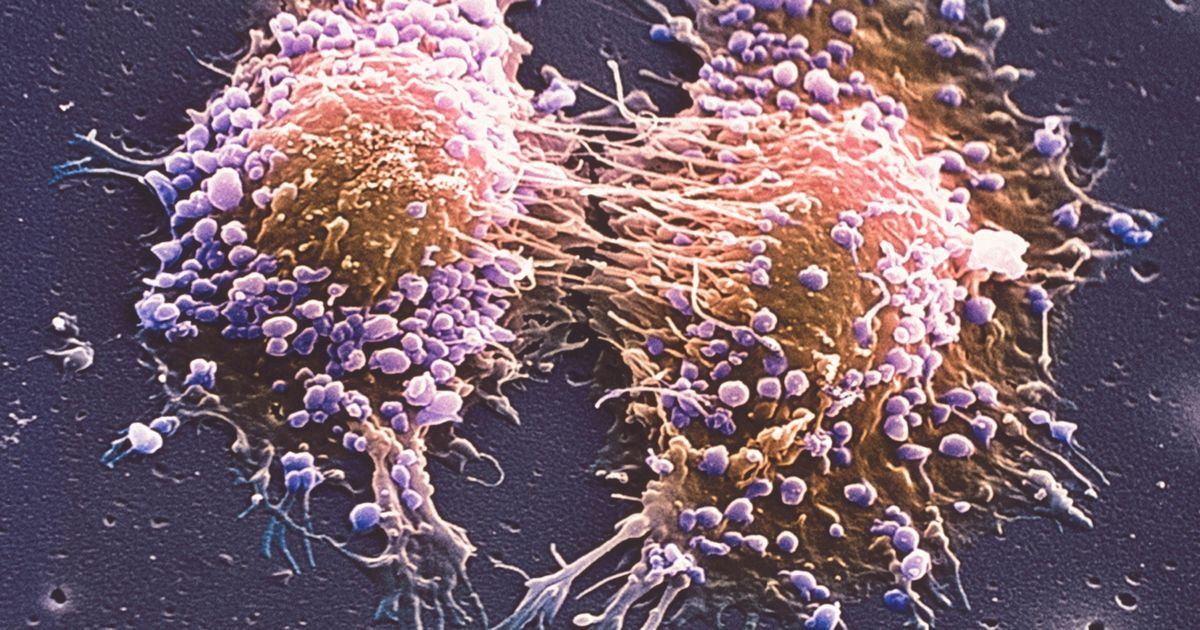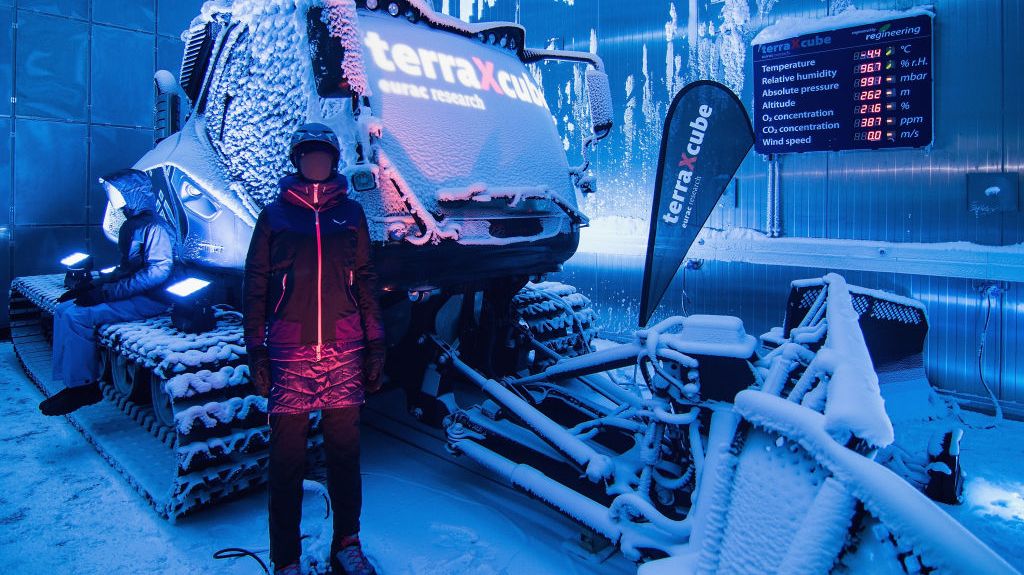Along with Richard Feynman’s varied scribblings and thoughts, his Nobel Prize, tambourine and book collection were also available at Sotheby’s.
One of the undisputed geniuses in the world of 20th-century physics was theoretical physicist Richard Feynman, and science enthusiasts will be delighted to learn that Feynman’s incandescent rough drafts of his thoughts and ideas headed to auction on Friday at Sotheby’s in New York, fetching a selling price of 4,922,625 USD.
As will be well-known to many people, Richard Feynman was a great popularizer of physics, and wrote entertaining and informative classics like S urely You’re Joking, Mr. Feynman, The Pleasure of Finding Things Out, QED: The Strange Theory of Light and Matter, and What Do You Care What Other People Think? As The New York Times reminds us, Feynman also played a crucial role in determining what had caused the devastating loss of the space shuttle Challenger.








